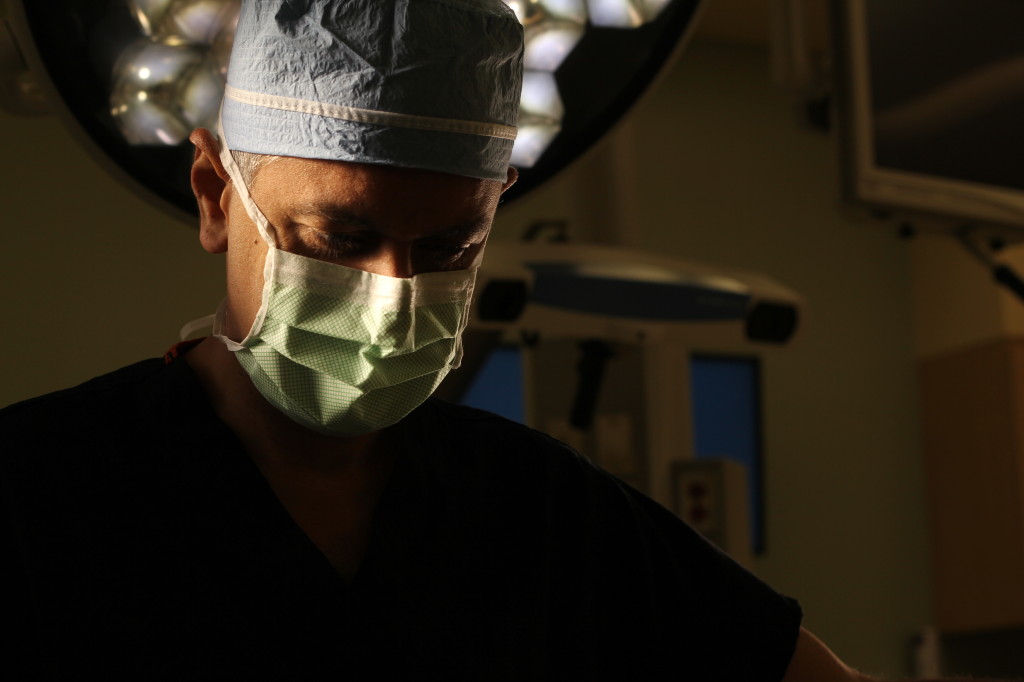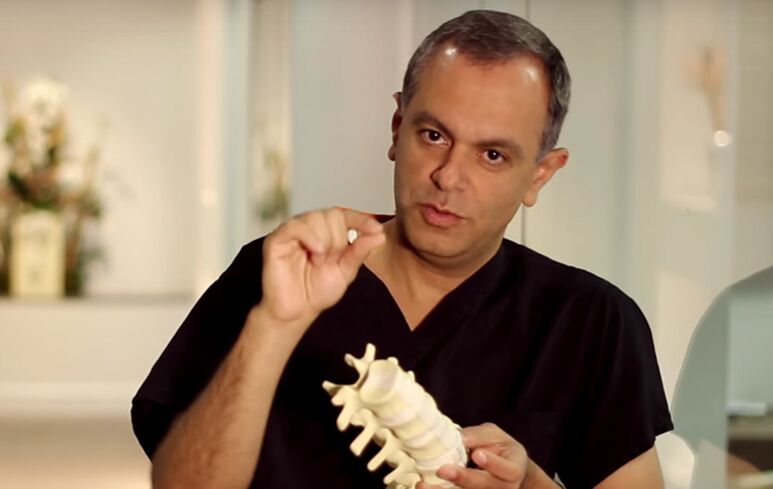 Disc replacement surgery is a procedure that involves replacing a worn or degenerated disc in the spine with a high-grade artificial replacement. This procedure is commonly performed on the lumbar and, most recently, cervical regions of the spine. As a relatively new treatment option, disc replacement is an advanced alternative to fusion surgery when non-surgical options are ineffective. Replacement offers many advantages over traditional fusion surgery, and can be valuable option for patients seeking symptom relief.
Disc replacement surgery is a procedure that involves replacing a worn or degenerated disc in the spine with a high-grade artificial replacement. This procedure is commonly performed on the lumbar and, most recently, cervical regions of the spine. As a relatively new treatment option, disc replacement is an advanced alternative to fusion surgery when non-surgical options are ineffective. Replacement offers many advantages over traditional fusion surgery, and can be valuable option for patients seeking symptom relief.
Disc Substitution Surgery
In between the vertebrae of the spine are spinal discs, also known as intervertebral fibrocartilage. Except for the first pair in the neck, each vertebrae pair has one disc in between them. These discs act as shock absorbing cushions for the vertebrae, as well as contribute to the flexibility of the spinal column. These cushions are made up of tissue similar to cartilage and consist of 2 parts:
- Annulus – The outer portion, made up of a strong fibrocartilage
- Nucleus – The inner portion, which contains loose fibers suspended in a substance with a jelly-like consistency
As we age, intervertebral fibrocartilage can weaken and cracks can develop in the outer portion (annulus), which leads to degenerative disc disease. Over 60% of people over the age of 40 show evidence of disc degeneration when scanned. During normal aging, the inner portion (nucleus) can begin to dehydrate and adversely affect the shock-absorbing properties of the fibrocartilage, resulting in pain and discomfort in the back. When the outer portion of the cushion weakens and cracks, a disc can become prolapsed when the inner portion is forced outside, potentially putting pressure on a nerve and leading to a condition known as sciatica.
The discs in the spine play a very important role in our bodies. When they become compromised, our quality of life can be severely diminished. Therefore, it is important to maintain the health of our spine and to seek the best available spine treatment when suffering from a back condition.
What is Spine Disc Replacement Surgery?
Disc replacement surgery utilizes an artificial disc that is implanted into the spine in order to emulate the motion and load-bearing properties of a normal disc. There are two types of disc replacement procedures:
- Total Disc Replacement – All or the majority of the disc is removed and replaced with an artificial one. Total replacement is used in most cases.
- Disc Nucleus Replacement – The outer portion of the disc is left intact and the inner portion is removed and replaced with biopolymer implant.
Disc replacements are done through an incision in the abdomen. This allows the surgeon to replace the disc without cutting through the muscle and tissue surrounding the spine, and avoids having to move and disturb the nerves. Instead, the abdominal organs are moved to the side and the surgeon has complete access to the spine.
The majority of these procedures take only a couple hours. Most patients are able to stand and move around the day after surgery. Patients may stay in the hospital for up to a few days, depending on the individual case.
Learn more about disc replacement or fusion by visiting WebMD.
When is Surgery Needed?
Disc replacement surgery is often used to treat pain associated with a damaged or degenerated disc. These conditions are almost always first treated with non-surgical care such as physical therapy, injections, and medication. Only when these non-surgical treatments fail to alleviate symptoms is surgery considered. In these cases, the surgeon will perform a discography in order to verify which disc is responsible for the pain and relate these findings to the patient’s medical history to determine whether or not they’re a candidate for the operation.
Advantages Of Artificial Disc Replacement
The traditional operation for disc degeneration is spinal fusion. In fusion surgery, the intervertebral fibrocartilage is removed and a bone graft is inserted between the vertebrae to fuse them together and eliminate movement. Unfortunately, in an attempt to reduce pain, fusion surgery prevents movement of that spinal segment. Fusion surgery can also potentially lead to greater wear and tear on the other discs surrounding the fusion due to increased load-bearing and movement.
Artificial discs are designed to prevent the problems commonly experienced with fusion surgery, through replacing the ailing cushion rather than removing it. This allows the spine to continue to function normally with reduced stress on surrounding segments. Another distinct advantage of disc replacement surgery is a reduced recovery period along with a quicker return to physical activities since patients are not waiting on a bone graft to heal.
Contact a Los Angeles Spine Surgeon
Todd Gravori, MD, Director of ProMedSPINE, and his team are board-certified neurosurgeons with fellowship training in advanced spine surgery. At ProMedSPINE, we take pride in offering the most sophisticated technology and cutting-edge minimally invasive spine procedures to provide the highest quality of care for our patients. To learn more about this revolutionary non-fusion stabilization procedure, or to schedule an initial consultation with one of our expert surgeons, please contact us today.
Next, please read about rhizotomy.

